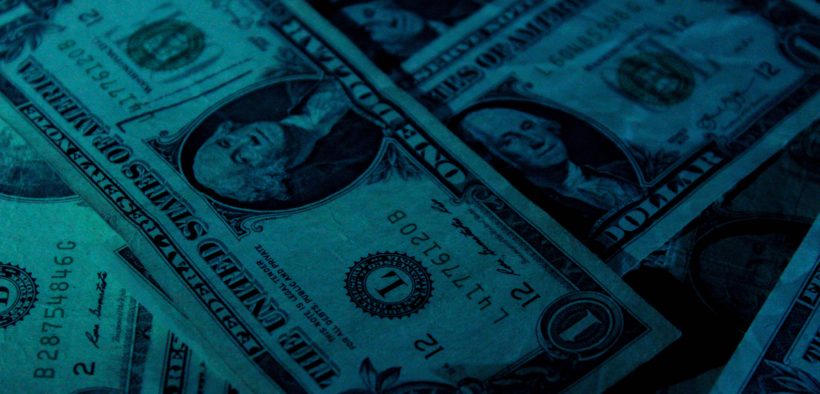The Art of Tax Evasions and What the Recent Global Tax Minimum Can Bring to the Table
Share

Image Credits: @bartos on Unsplash (Unsplash License)
Tax evasions come with great risks that could potentially result in years in prison, and make the United States lose $1 trillion a year–so what is so attractive about them?
Often beginning with corporations or individuals taking small steps that will not stand out easily, like deducting cost of a few assets, tax evasions can result in completely manipulating all accounts and statements that later are presented to the Internal Revenue Service (IRS). Considered a federal crime, tax evasions slow down government action and decrease federal funds. Tax evasions, as aforementioned, are fraudulent acts of misreporting your income or expenses, or failing to pay the set amount of taxes. Tax avoidance on the other hand, separate from tax evasions, has weaker penalties and is commonly defined as a person using legal ways to reduce taxable income.
An increase in cases of tax evasion has appeared due to tax cuts and decreases in tax percentages on corporations, a policy that is popular among the members of the Republican Party. Most often, tax evasions are committed in three ways: underreporting by showing less revenue than earned, underpayment with not following obligations, and non-filing taxes. With a significant amount of taxes evaded every year, prominently by the one percent of the wealth distribution, this issue has become alarming on a global scale from big corporations to A-list names–like an employee defrauding ten million dollars from Apple, and Bvlgari’s China Ambassador Deng Lun facing the possible end of his career and charges regarding $16.6 million in tax evasion.
One cause of the amount of taxes evaded is also linked to the decrease in random audits done by the IRS–a bureau of the US Department of Treasury responsible for collecting and administering taxes in accordance with the Internal Revenue Code, which is the main body of the federal statutory tax law. The number of audited cases has fallen from one per 90 to one per 220. Although due to this decline, the effectiveness of the IRS in catching tax evasions has seen a cutback, in 2020, the IRS has still gone through with 2,624 criminal investigations. But how does the IRS implement control in a country that has so much capital flowing every second as the United States?
The IRS first finds liability of unfiled, underpaid, or underreported taxes of an individual or corporation. Then, an affirmative action is identified when a party or the defendant has evaded taxes. Lastly, the specific intent to evade taxes has to be proven, and then all three requirements are fulfilled, the defendant can be convicted in the United States Tax Court–a federal trial court that was established to provide taxpayers with a fair opportunity to defend themselves.
The fine that the defendant can be subject to receive is a maximum of $100,000 for an individual, and a maximum of $500,000 in the case of a corporation, as well as up to a maximum of five years of imprisonment if the U.S. Tax Court finds the defendant guilty by law, or the defendant pleads so. However, as monetary fines and short imprisonment sentences that can be avoided with bails are not strong enough to completely rid the system of tax evasion, the IRS has initiated further ways to identify criminals. Using additional data, like medical reports and credit card transactions, the IRS is able to ensure correct reporting of accounts. In some cases, the IRS even uses social media to detect tax cheats, which can be considered a modern and simple solution to such a wide issue. Most notably, though, the IRS uses the Information Returns Processing system to match information sent by individuals and third parties to the information on tax documents. This information can be based on documents from w-2 to 1-k’s. In 2013, the IRS was able to select 217,000 returns fraudulently that earned $500 million income tax credits through computer technology that uses filters to identify and prevent fraudulent refunds for the earned income tax credit (EITC). The IRS utilizes multiple tools to stop such fraudulent claims and prevent tax evasions, which causes a wealth gap that widens every day. From the international perspective, a recent development that has been approved by 130 countries around the globe is the 15 percent minimum tax rate, which will generate $150 billion each year in additional tax revenue. This policy was first presented by the United States, and will keep corporations away from tax havens–a jurisdiction with low effective tax rates for foreign investors–even if the corporation is not physically present in that country. Although this is a notable improvement, a 25% rate would need to be imposed to narrow the gap tax evasions have brought between classes. With so much opposition from the Republican Party and the 1% who have a lot of say behind the scenes, it would take President Biden a great deal to introduce, and pass, a 25% rate in the United States alone.


Want to get involved?
Connect with us! Connect with us!